Back in January, Moz did a test of free statistics services like Alexa, Compete, DoubleClick, and Google Trends. Their conclusion was that the visitor data provided by these services did not match their own analytics.
Does that mean all of the data provided by these sites are rubbish? Not necessarily. We have relied on these tools for competitor research for ages, so we thought we would go beyond just the visitor data and look at other key pieces of information to see if they match up with Google Analytics data. The following is what I found.
Alexa
Alexa offers more about websites than just visitor statistics. Let’s look at how accurate they really are.
Traffic Stats
Since most people think of Alexa as being all about traffic, let’s look at their basic traffic stats in comparison with my own Google Analytics data.
- Pageviews Per User – Alexa estimates that the average pageviews per user for the last three months is 1.98. Google Analytics shows 1.38 pages per visit.
- Bounce Rate Percentage – Alexa estimates the average bounce rate percentage for the last three months is 61.8%. Google Analytics shows 79.46%.
- Time on Site – Alexa estimates that the average time on site for the last three months is 2:38. Google Analytics shows 1:22.
- Search % – Alexa estimates that the average percentage of visits received from search engines for the last three months is 6.5%. Google Analytics shows 45.37%.
Search Analytics
Next on the list of data from Alexa is Search Analytics. Here, I am usually just interested in keywords, especially now that Google Analytics has decided to hide some of that data from users. Alexa, in the keywords department, is similar to my Google Analytics organic keyword data. Four of their Top Queries from Search Traffic are an exact match to terms in the top 25 organic keywords of my Google Analytics. Others are ones that I know I have regularly targeted.
Audience by Country
Alexa offers some basic audience demographic information about your audience including age, education, gender, and so forth. I decided to look at the Visitors by country section beneath that to see how well they nailed the location demographic for my website. In this case, they are close with seven out of ten countries right as far as the top countries visiting my site.
Clickstream
Alexa’s Clickstream tab shows you what sites people were on before they came to a domain and what site they went on to after leaving it. Alexa missed Direct, Yahoo, Bing, and StumbleUpon, but the rest are right on and in almost the same order as the referrers in Google Analytics.
Sites Linking In
Last, but not least, is Alexa’s count of incoming links to my website. They do note that it only counts sites within Alexa’s database and that multiple links from one domain are only counted once. This puts their estimate of 1,963 somewhat close to Open Site Explorer’s count of 1,117 linking root domains.
What This Means
In a nutshell, this means that Alexa’s data may not be spot on, but it does offer some valuable insights into any website you might need to research without having access to their analytics.
Compete
Compete (the free version) allows you to view unique visitors from the United States for the last year to a particular domain. So just how accurate is it? Here is the graph for my website from February 2011 to February 2012.
And here is the same view within Google Analytics.
While the graph is way off for previous months, February’s numbers seem pretty close. Maybe that means that their system is starting to track things accurately. That, or they get lucky every so often!
Compete also offers pro versions of their service where you can get a two year view of unique visitors from the United States to any domain as well as additional information such as search referral keywords and domains. Note that anything beyond the unique visitor count only works for domains with larger amounts of traffic.
DoubleClick
DoubleClick Ad Planner by Google offers advertisers a chance to get to know the sites they might want to pursue with advertising. Now you would think that a site that has Google Analytics data backing it up would have some accurate information about sites queried. Let’s find out.
Traffic Statistics
First off, let’s look at the Traffic Statistics which are marked as estimates. Specifically: “Traffic statistics are estimated by combining sample user data from various Google products and services and opt-in direct-measured site-centric data.”
Compared to Google Analytics, the Unique visitors, page views, and total views are almost doubled in DoubleClick, including the average time on site.
Related Sites & Interests
DoubleClick will show you Sites Also Visited and Audience Interests. The Affinity score shows the relationship between audiences of two sites or between a site and a keyword. The interests area fits my website almost spot on, while the sites visited are mostly ones that I have linked to previously.
DoubleClick also shows keywords for domains that have a large amount of traffic. They seem to be very specific to searches that people are performing on Google to find the site, like these for WordPress.
Google Trends
Google Trends allows you to compare traffic for multiple websites, assuming those websites have a high volume of traffic, like social media sites. For smaller sites, you won’t get a graph of Daily Unique Visitors, but you might still get the supplementary information beneath it.
Regions seems to match Google Analytics, Also Visited sites includes sites that a domain has linked to often, and Also Searched For shows related keywords for the domain. The more traffic a domain receives, the more information you will see in these areas.
Using These Tools for Competitor Research
Are these sites 100% accurate? No, they’re not. But they all offer some good data that you can use for competitor research. You can easily use them to do the following:
- Compare traffic – although the numbers might not be accurate, you can still see whether Site A is getting more traffic than Site B on average.
- Learn more about their keywords – most of the above mentioned networks share some basic keyword data. You can use this to find out what the competitors are targeting and get some keyword ideas for your own website.
- See related sites – find additional competitors by looking at related sites and add those to your research.
Do you use free analytics tools to measure the statistics of other websites for your business? What other tools do you use and how do they rate in terms of accuracy?
About the Author: Kristi Hines is a freelance writer, professional blogger, and social media enthusiast. Her blog Kikolani focuses on blog marketing for personal, professional, and business bloggers.
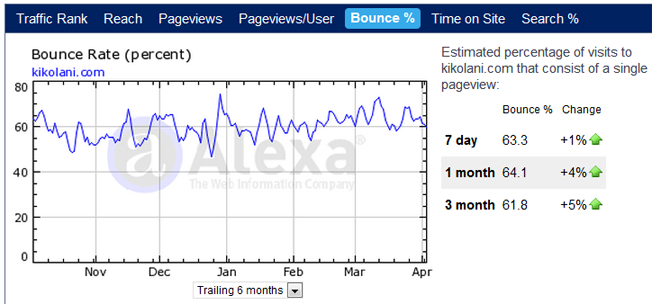
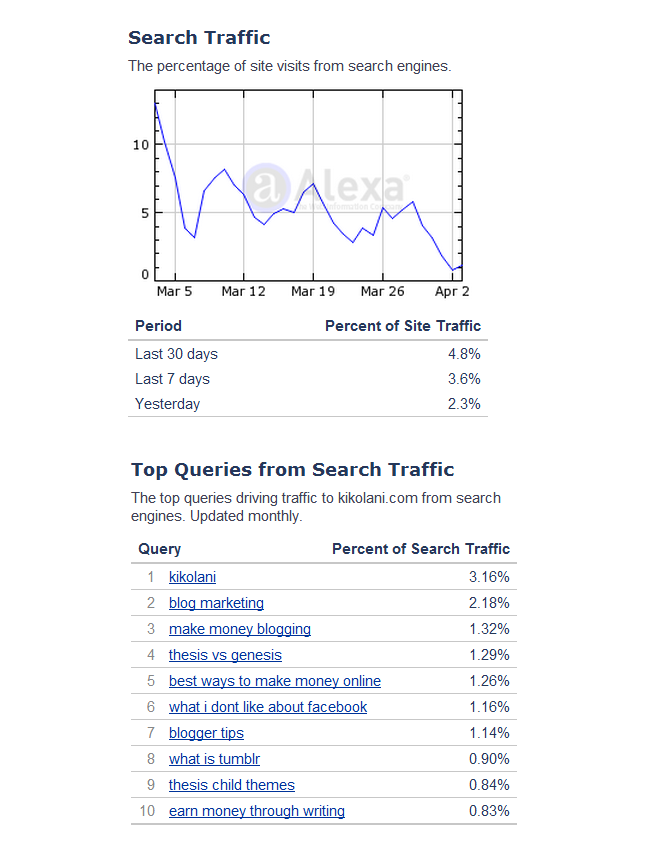
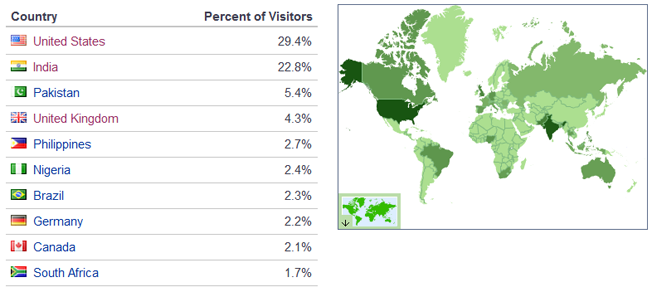
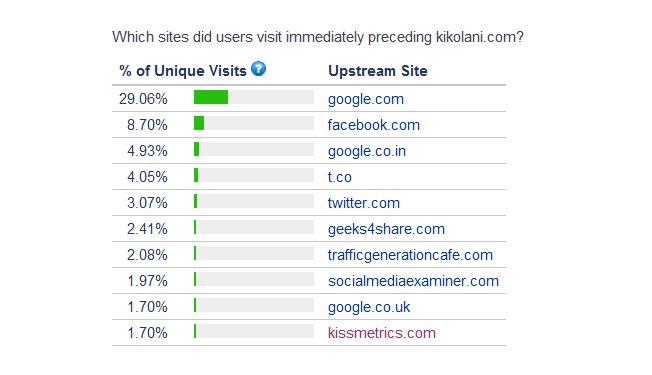
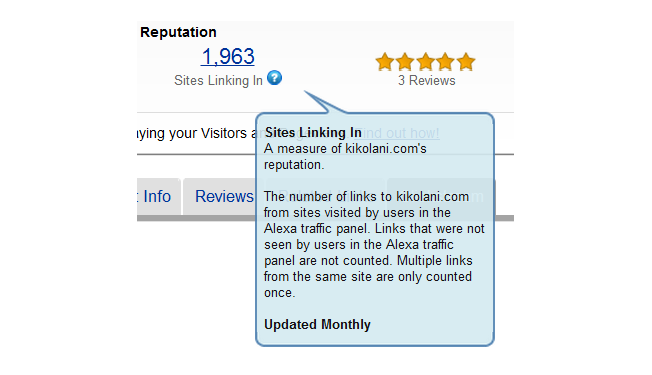
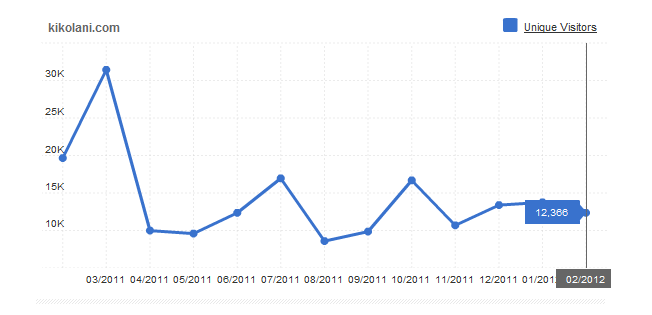

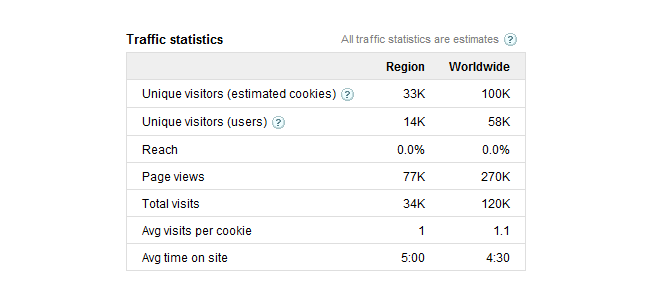
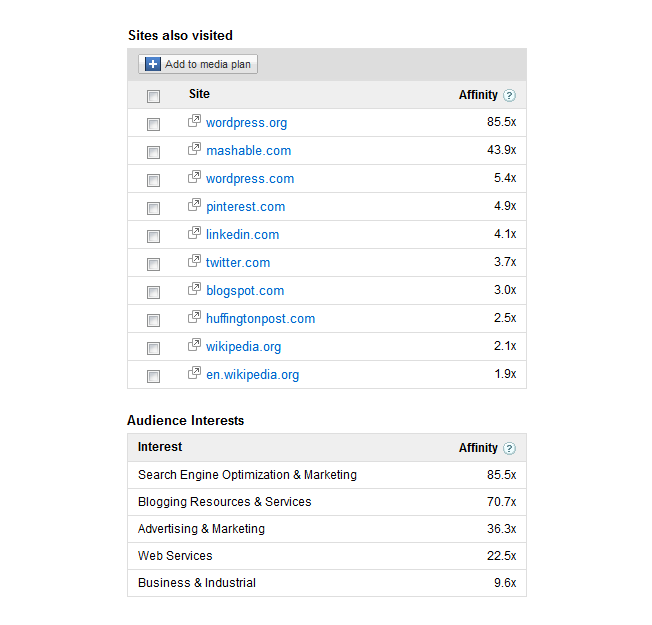
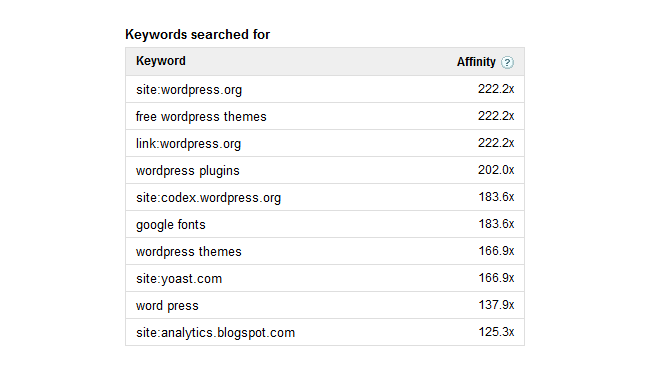
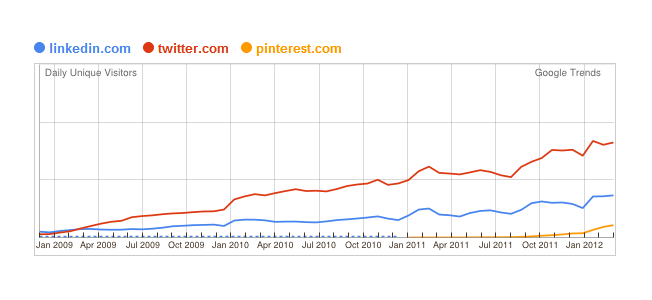

Comments (31)